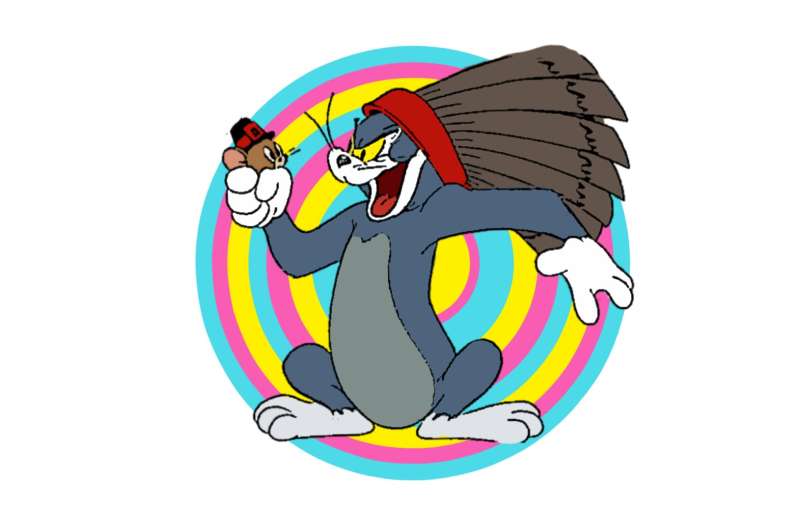This article has been reviewed according to Science X's editorial process and policies. Editors have highlighted the following attributes while ensuring the content's credibility:
fact-checked
trusted source
proofread
Buzz, Elsa or Gru: Is there a role for pain and violence in children's media?

Whether it's the antics of Tom and Jerry or a boo-boo on Peppa Pig, pain and violence have long been portrayed in children's TV and movies. But how suitable is such content in children's broadcasting?
In the first study of its kind, researchers at the University of South Australia have explored what parents think and feel about pain in children's media.
Talking with fathers and mothers of young children (aged 4 to 6 years), researchers identified two core themes for pain in children's media: 1) that it can amuse and entertain; and 2) that it can provide valuable lessons for children to learn about empathy and emotions.
It's an interesting finding given the long-term debate about maladaptive and distorted experiences of pain in children's shows, says UniSA researcher, Dr. Sarah Wallwork.
"Pain and violence in media are easily accessible to children. It's in cartoons, computer games and the latest blockbuster movies, so it's important for parents to understand how it is portrayed to young children," Dr. Wallwork says.
"In this study, we asked parents how they felt about pain in popular children's TV and movies.
"A lot of parents feel positively about children's media in general and endorse watching screens from a young age. When it came to pain and violence in these media, however, we found that parents shared quite different views.
"Many parents saw pain as comedic or slapstick—exaggerated and used to entertain. This type of pain was very common in media—think Toy Story's Mr. Potato Head losing his body parts and then popping them back in without worry, or the Minions in Despicable Me who are always getting whacked about.
"Others saw comedic pain as problematic because it could potentially desensitize children from pain as well as reduce children's empathy for pain in others.
"Many parents also felt that children's media could provide opportunities for children to learn about their emotions and how to respond appropriately to pain—for example, in Frozen Elsa accidentally strikes and harms Anna with her powers, and we see the concern for her injured sister.
"There are different perspectives of pain in children's media, and of course everyone is an individual. But despite the differences, it's clear that children's broadcasting can provide opportunities for families to connect—whether it's through shared humor, or shared lessons, a parent's support will always help."
More information: Maria Pavlova et al, Portrayals of Pain in Children's Popular Media: Mothers' and Fathers' Beliefs and Attitudes, Frontiers in Pain Research (2022). DOI: 10.3389/fpain.2022.898855
Provided by University of South Australia





















